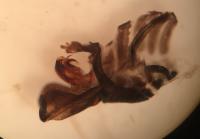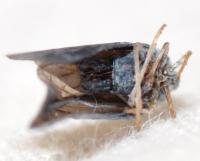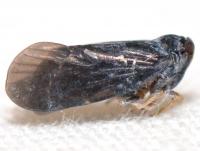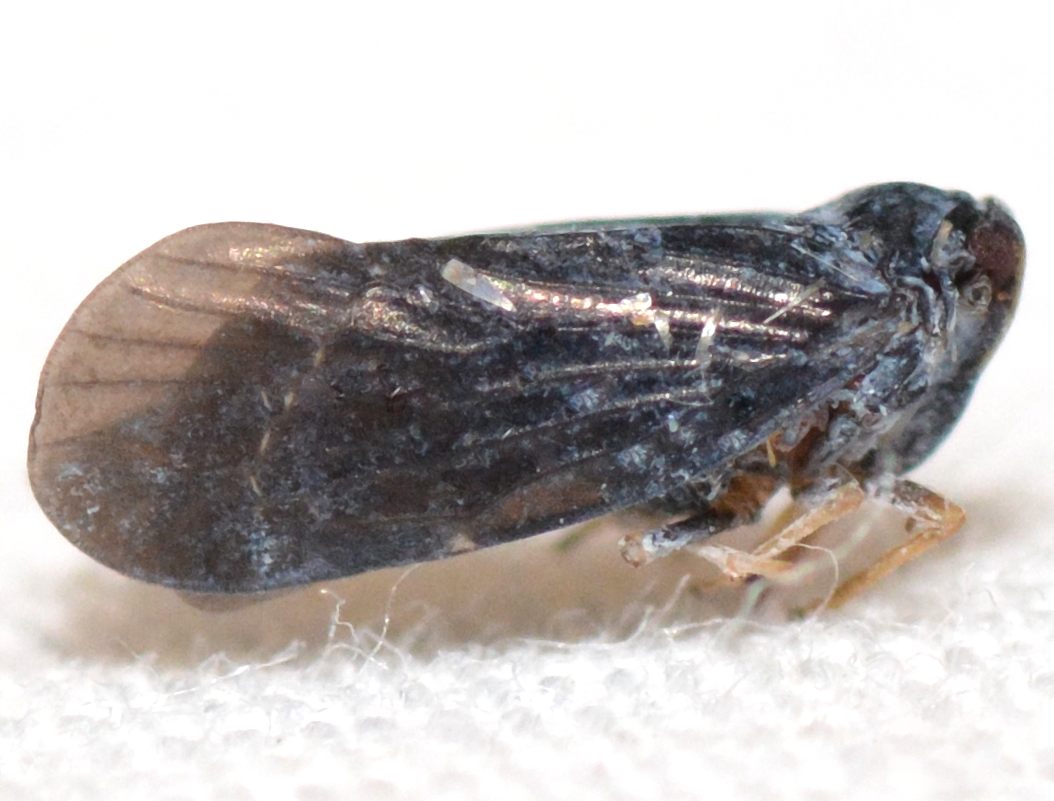|
|
|
|
Species Photo Gallery for Cedusa kedusa No Common Name 3 |
 | Photo by: Kyle Kittelberger
Ashe Co.
Comment: collected by Bo Sullivan; male |  | Photo by: Kyle Kittelberger
Ashe Co.
Comment: collected by Bo Sullivan; male |
 | Photo by: Kyle Kittelberger
Ashe Co.
Comment: collected by Bo Sullivan; male |

 »
»


 »
»
